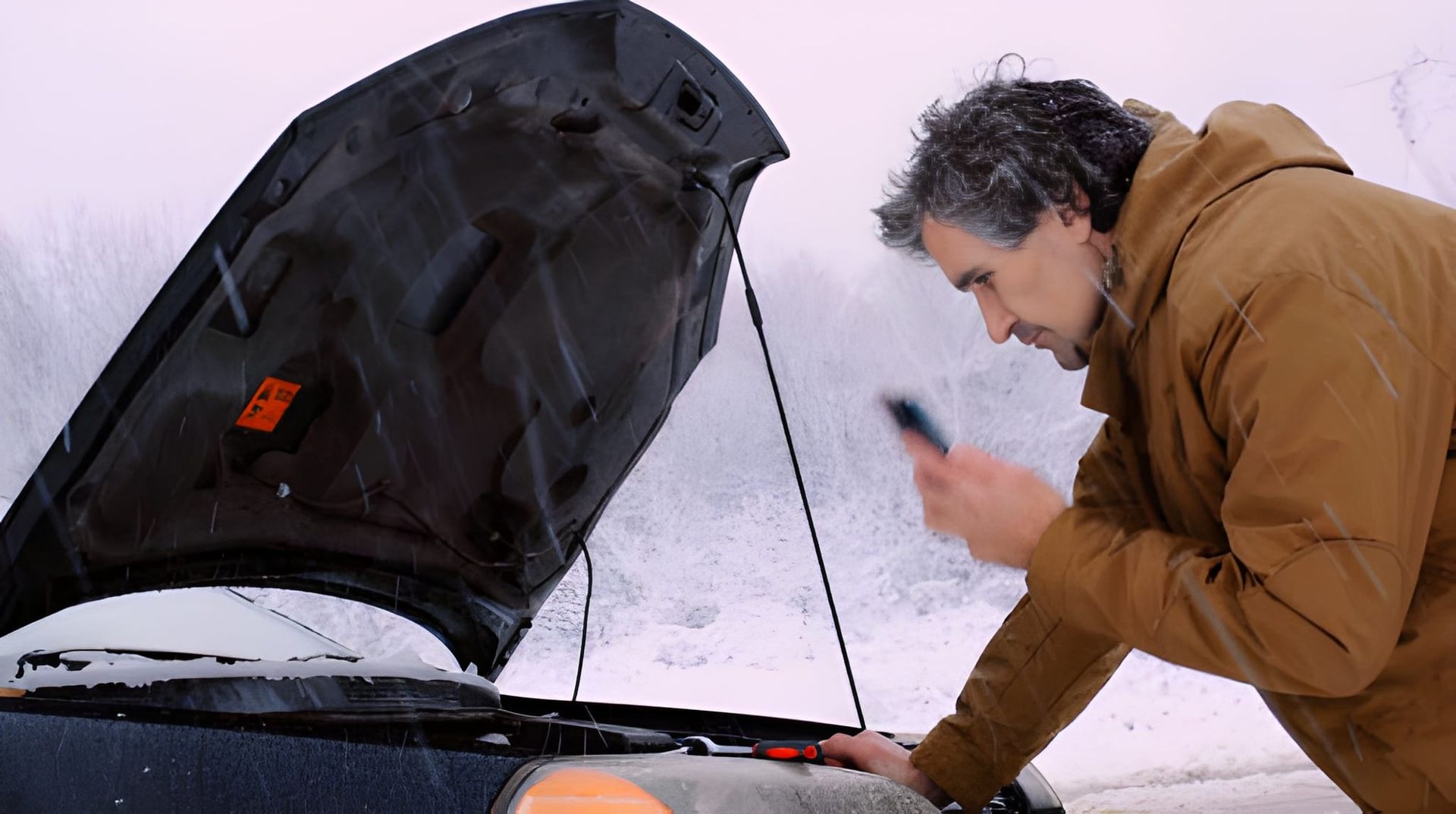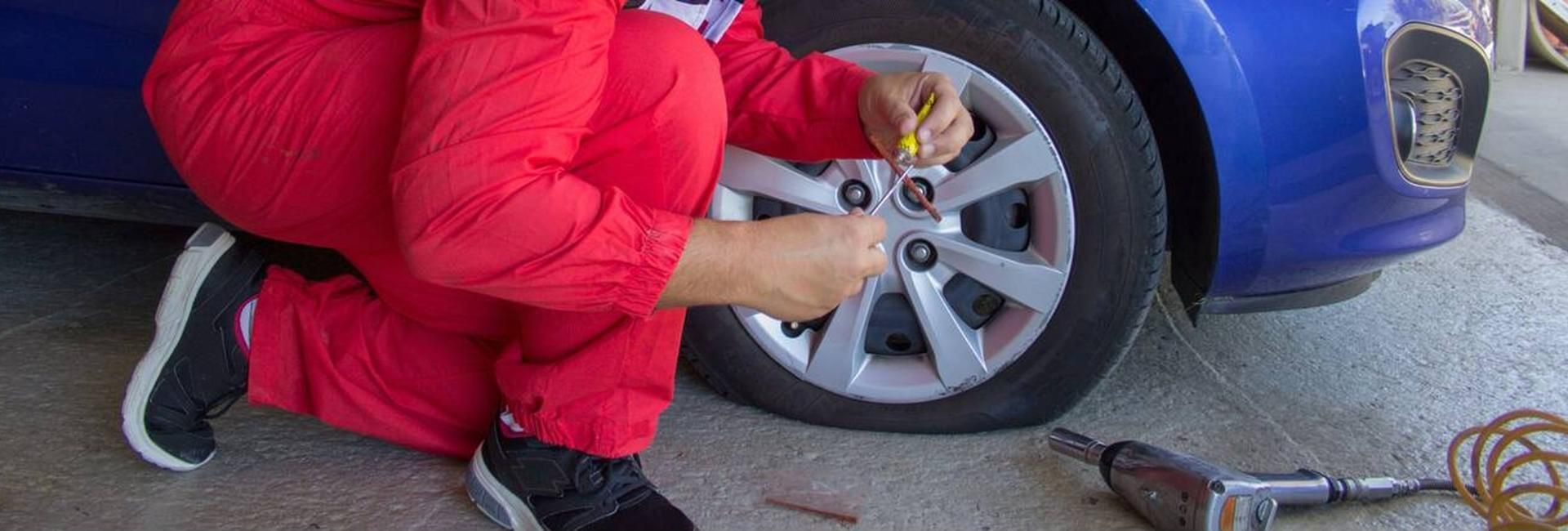Troubleshoot your Japanese Car Heater and Defroster
As autumn approaches, the days are getting shorter and the nights are getting longer. The temperatures are also noticeably getting cooler. Before you know it, we will need to start using the car heater and defroster in the mornings on the way to work, and on the way home. If you have noticed any funny noises or smells coming from your heating system, now is the time to troubleshoot those issues. I’m going to talk about some common issues that can affect your Japanese car heater and defroster. We will explore the Car Heater Thermostat, Heater Fan, and Defroster, plus how Low Coolant can derail the Heating System entirely.
Japanese Car Heater Common Issues
There are dozens of reasons why your Heater or Defroster isn’t working. Your owner’s manual has a Troubleshooting section that you most certainly should check out first. If you can’t narrow down your issue after reading your manual, then try inspecting the major components in the Heating System .
Here are a handful of the most common reasons. Try matching up the symptoms below with your issue to help you pinpoint the area or component most likely at fault.
Car Heater Thermostat
The car heater thermostat is a temperature-sensitive valve located in the cooling system between the engine and the radiator. When you first start up your car, the thermostat closes off the coolant from circulating throughout the entire cooling system. This keeps the coolant inside the engine until it reaches its ideal operating temperature (90 – 104 degrees C). Once the engine has warmed up, the thermostat opens up and allows the hot coolant to circulate to the Heater Core. If the thermostat is faulty, it may fail to turn on or off, which can cause cold instead of hot air to come out of the vents.
Heater Core
The Heater Core looks and acts like a mini radiator. It’s located behind the dash, inside the interior cabin. Once the Coolant is heated, it’s pumped into the heater core, where fans blow across it to create the warmed air coming from the vents. There are two main signs that the Heater Core may be clogged or damaged. You may notice a sweet smell coming from the vents, and/or a fluorescent fluid (antifreeze/coolant) dripping onto the floor at your feet. In either case, you should have it diagnosed by a service technician.
Heater Fan
The Heater Fan is what moves or blows the warm air into the interior cabin through the vents. If the fan is broken or defective, no air will come out of the vents when the heater is running.
Blower Motor
If the Blower Motor is faulty, it can affect the fan speed and air flow. Check the fuse for the heater. Your owner’s manual will have the location of your fuse box (usually in or near your glove box) and tell you which fuse(s) is for your heater.
Actuators
Actuators are little flaps that open and close blend doors and direct the warm air through open floor, dash, or defroster vents. There are also vents that bring in outside air to regulate temperature and moisture levels inside the cabin. If the actuators are not working properly, the heater and defroster may not work effectively.
Cabin Air Filter
A clogged or dirty Cabin Air Filter can be responsible for musty, dusty, or other odors coming from your heater vents. In addition, over used Cabin air filters can seriously impede the amount of air flow coming out of the heater vents, even if the heater fan is on max .
If you have allergies, are sensitive to mold spores, or have a sensitive nose, you should have your cabin air filter replaced every time you get an oil change. However, if you would rather follow the manufacturers recommendations, check your owner’s manual for specifics. They generally recommend replacing the
cabin air filter
every 12,000 – 30,000 miles.
Japanese Car Heater Coolant Issue
Low Coolant
Both your car’s cooling and heating systems rely on a set level of coolant/antifreeze to not only cool the engine, but also heat the interior of your car. If there are insufficient levels of coolant in the cooling system, then it cannot be pumped adequately into the Heater Core. This results in a lack of hot air blowing through the cabin vents. Low coolant is usually a sign of a leak and it should be addressed asap.
Japanese Car Defroster
Front
Most newer cars have both a front and rear defroster, but they work in different ways. If the front defroster is not working, try cleaning out the vents up along the dash edge near the windshield. If they are clogged with dust, dead bugs or other debris, the air flow may be blocked.
Rear
If the rear defroster is not working, then check your fuses. Since the rear defroster is electric, and not dependent on the cooling system, you may need to work through the electrical connections, wires and fuses to find the culprit.
Japanese Auto Repair in Pomona, CA
Taylor Co Japanese Auto Service
is located in Pomona, CA. We perform routine auto maintenance, diagnostic, and repair services on all Japanese and Asian make and model vehicles, including: Acura, Honda, Hyundai, Kia, Lexus, Mazda, Nissan, Subaru, and Toyota.
Extended warranty work accepted.
Make An Appt: Japanese Car Heater & Defroster
Taylor Co has been proudly serving the Pomona area since 1989. Let us help you troubleshoot your Japanese or Asian Import Heater and Defroster issues. Call us today at (909) 455-9558, or visit our
website
to schedule an appointment.
We look forward to hearing from you!









